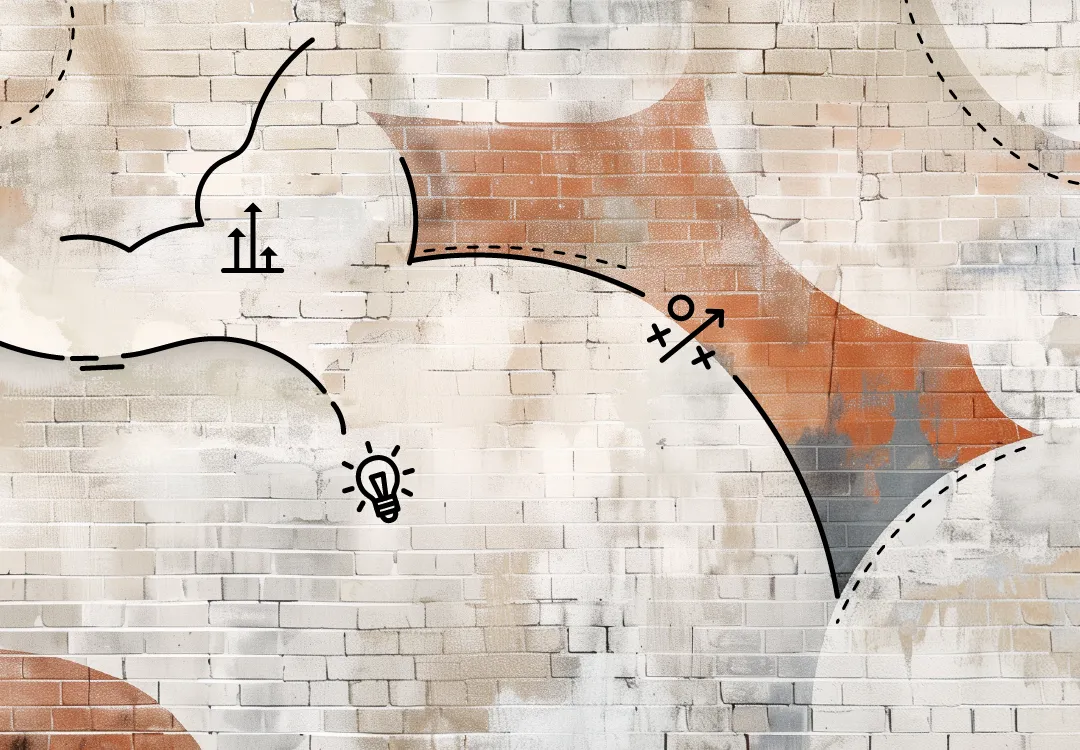Article
4 ways to build business resilience through great customer experience
How to improve business resilience by putting the customer first

Being prepared for the unexpected has become non-negotiable for organizations. Market disruptions and significant changes are coming fast from all sides, and they can make or break a business.
But there is a silver lining. By building business resilience, organizations can find opportunity in uncertainty to improve performance, competitiveness, and growth. Resilient businesses focus on the right places to manage risk and protect the business today while creating opportunities for the future.
Customer-centricity is at the heart of business resilience, and organizations that emerge stronger through uncertainty make it a priority. Businesses that plan proactively and invest strategically to understand customers in meaningful ways can use those insights to innovate and tailor the customer experience.
By adapting to changing market demands and customer preferences, customer-centric businesses gain a competitive advantage and grow stronger in the face of adversity. Here’s how.
Four strategies to build business resilience through great customer experiences
1
Combine scenario planning with data-driven customer insights
It’s essential to not only track marketplace trends, but also to understand how customers might react to them. Doing this means developing customer personas and journey maps that detail who customers are—and who they are becoming. This is key to anticipate customers’ needs. Organizations should obtain a 360-degree view of customers, including an “outside-in” perspective of their challenges and an “inside-out” perspective of what teams have learned about them. Next, organizations can build business resilience with “what if” scenario planning and “what it would take” action planning, all of it centered around the customer. Scenario planning helps organizations identify how to shift existing services, products, and/or marketing strategies—or create new ones—to meet customers’ changing preferences.
2
Pinpoint customer challenges to improve service experiences
Even after organizations determine that their products and services meet target customers’ needs—and that these customers have money to spend—sales aren’t guaranteed. That’s why organizations should take a hard look at whether something in the customer experience is preventing customers from making purchases. Is the website difficult to use? Does making a purchase take too many steps? Is customer service, either in-person, online, or on the phone, turning customers off? Careful evaluation of customer interaction data and documenting and mapping customer journeys can pinpoint key challenges (e.g., workforce or operations) to address. Leading organizations are already investing in more sophisticated customer listening and analytics tools, such as the Medallia experience management platform, to increase the speed and accuracy of customer research.
3
Design your organization to foster innovation and customer-centricity
Rethinking the operating model can also help organizations better meet changing customer needs. For example, companies can foster an ideas culture by standing up a dedicated innovation team. Multidisciplinary innovation teams can draw skills from across the organization to analyze research, understand customers, trial product ideas, and fast-track the best ideas to production. Their focus doesn’t have to be limited to new product or service ideas. This team can study novel combinations of existing products to create differentiated, new products while identifying new types of customers. In addition to standing up a dedicated innovation team, leading organizations should go one step further and intentionally embed a customer experience mindset into organizational culture. One example is embedding “voice of customer” in organization-wide goals, making it a core value, and setting standards and accountability measures that guide employees’ and leaders’ experience related decisions.
4
Double down on employee experience to improve customer experience
Our research shows that happy employees make for happy customers. In our nationwide survey of U.S. employees, 64% said that the employee experience impacts their ability to serve customers. This finding suggests that before organizations can begin to make strides on customer experience, they should focus on creating a superior employee experience first. In times of uncertainty, building workforce resilience can make for more engaged employees who are satisfied with their work environment, motivated, and committed to the organization’s purpose. When employees feel valued, supported, and empowered, they are more productive—and more likely to go above and beyond to create positive customer experiences.
Organizations can’t control uncertainty. But they can control how they respond to it. Customers should be the true north. The more that organizations can stay connected to customers—to who they are and how they are changing—the better positioned they are to thrive through disruption and uncertainty.

